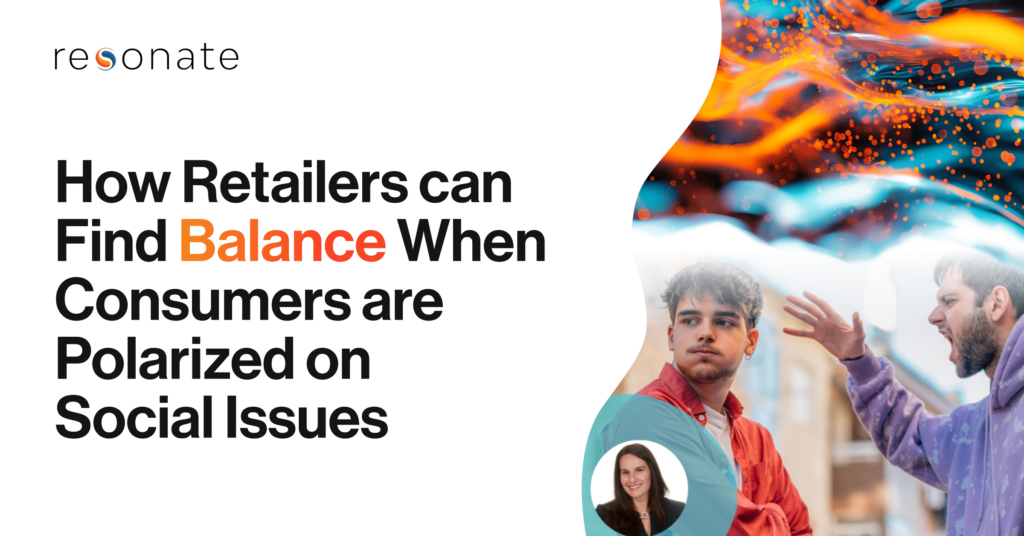I was working as an analyst at a big data/marketing research company when my favorite bar announced that they had an open position. With no experience in the restaurant industry on my resume, I decided to take the leap of faith and apply.
The Columbia Room offered a 3 course omakase cocktail menu to guests. The menu changed regularly, which allowed me to visit often to try their new and innovative drinks. I was very excited to join the team and knew this environment provided me with a very unique learning opportunity. I’d be working under a number of the best bartenders in the nation. The rotating menu would force me to learn about spirits I’d never been exposed to, diving into their production methodology and history. I’d get to taste so many new cocktails and flavors. I would also gain some serious cool points, as many of my friends and coworkers considered The Columbia Room to be the ultimate DC cocktail experience.
What I couldn’t predict was how I would fall in love with the customer service aspect of bartending. I didn’t realize how applicable my experience at The Columbia Room would be to my day job as an analyst. Working in a formal dining environment didn’t just teach me about food/beverage, it also taught me what it means to provide good customer service. I brought all of this with me to Resonate, where I now work directly with customers to manage their digital media campaigns and provide custom research. Here are a few lessons:
Start Each Client Interaction Fresh
One thing that makes service so wonderful – whether it’s servicing a bar or an analytics product – is the variety of clients or projects you may have. It’s important to center yourself before any client interactions to make sure that you are always putting your best foot forward.
Let’s say your day didn’t go as well as planned. Maybe you fell behind and a few tasks took longer than they should have. Maybe you were just having a rotten day before you came in. Regardless, put it behind you. Each guest deserves to have a special experience at your “bar”.
There is something beautiful about having your clients rotate every hour or two – it means you get a fresh start each time. New guests should be greeted with a happy face and enthusiasm (even on the phone!). If you do this well, they will never sense your stress or concerns from earlier in the day. If their time at the bar or with your company is exceptional, they will reciprocate with a happy face and enthusiasm as well. This can be enough to turn your day around. It’s the real reason you’re in the industry after all – to create experiences and make people happy.
You’re a Shark. If You Stop Moving You’ll Die
During one of my first shifts at The Columbia Room, the owner pulled me aside to provide feedback.
I had sensed that a table of guests was almost ready for their check. I was trying to stay close so that I could escort them from their seats to the bar’s entry/exit room once they were ready so that we could handle payments. The problem was I didn’t know what to do with my time while I waited for the guests to be ready, and stood around a bit awkwardly as a result.
The owner joked “You’re a shark. If you stop moving you’ll die.” He listed off a number of tasks I could do in arms reach of the guests in the future to keep myself busy.
Analytics and media work comes in ebbs and flows in the same way. It’s important to find things to do when the workload is light. Have long-term tasks ready to help balance those with shorter turnaround times. Know what tasks you can pick up while you wait for communication from your clients, feedback from internal teams, etc to make the best use of your time.
Tailor Communication Based On Your Audience
When bartending, you have conversations with your guests about your cocktails. You pay attention to visual cues and questions/comments to learn how much attention and information they want. They may want to nerd out with you about the calculations you made to determine the right level of carbonation for your soda, how you used a centrifuge to completely separate the solids from your now translucent syrup, or what you’ve done to help combat the impact of oxidation on ingredients like ginger.
Or your guests may just want to hear what the cocktail is and then continue on with their own conversations. They might want to gain an understanding of what they are about to consume – is it refreshing, stiff, sweet, bitter, etc. – but do not desire a deeper level of information from you.
The same goes for media and analytics servicing. Every client is going to come to you with a different set of background knowledge and experience. Some clients will want to know all of the math and methodology behind your products. Others want to get right to the “so what” of the data. Questions and comments I commonly hear range from “What does it mean for their bottom line?”, “What are the next steps they should take based on your data?” “Is the data refreshing or stiff?” to “I don’t need to know what mechanics you used to produce the outcome.”
This can be even more of a challenge in the analytics space. The majority of your client interactions might occur over email, where it’s hard to register tone and impossible to read facial expressions. If you’re in doubt as to which type of communication is best – short and to-the-point or long and technical – try picking up the phone. It reduces back and forth with the client and helps clarify any miscues. It also allows you to adjust quickly based on the feedback that you are given. Follow up with a summary email if necessary for further clarity.
Go the Extra Mile, Even If It’s Against Standard Procedure
I listened carefully from the side the first time a guest gave a negative review of a cocktail on The Columbia Room’s preset 3 course cocktail menu. It started when my colleague checked in to see how a couple felt about their drinks, after noticing that one guest didn’t seem fully satisfied. The guest replied that the cocktail wasn’t quite her style.
The bartender searched for more information to get a deeper understanding of the issue. What flavors in the cocktail bothered her? What drinks did she typically enjoy? He took this information and built her a new, complementary cocktail. The bartender went off of menu in order to improve a guest’s experience. But it’s important to note that he didn’t do so blindly. He did additional research to determine the best way to tailor the contents to his audience’s unique taste and preferences.
In an analytics role, you likely have templates off of a “menu” of offerings as well. You have standard procedures and deliverables that clients come to expect. If a client is asking for more than the standard offering or doesn’t seem happy, it’s important to determine why. Make sure to identify if the request is something that you can accommodate before promising anything in return. If it does seem doable then ask more questions to see what can be done to make them happy.
Ultimately, you’re in business because you have data that can help your clients make better decisions. You can help them learn more about their audiences, find customers, or improve ROI. If something prevents a client from understanding, interpreting, or circulating that data, then you owe it to your client to find a way around this barrier. Going the extra mile can make all of the difference.
Maybe it’s as simple as switching your PowerPoint color scheme to match their standard template. Maybe it’s an additional data point, or a custom data pull. Or providing a new view of the same data. You won’t be able to say yes to every request, but you should always weigh your options in favor of keeping the client happy. How demanding is it on your time and resources? Will it make your client’s job easier?
If you get a request for additional data, I encourage you to always ask why. What is the client trying to prove or research? You’ll learn more about your clients’ needs and provide better data in the future by delving deeper.
On multiple occasions, I’ve used a client’s feedback to suggest an alternative data pull that was less time consuming and yet still sufficiently answered their question. Since you are closer to the product, you are more familiar with the data. You are able to provide creative suggestions. In addition to saving time and effort, this will show your client that you are listening and understand their needs.
Ultimately the parallels between bartending and being an analyst have made me better at really listening to people and helping cater to their needs. If you go the extra mile and constantly look for ways to evolve and improve in your approach, you’ll ultimately end up with a happy client who feels both informed and satisfied.



